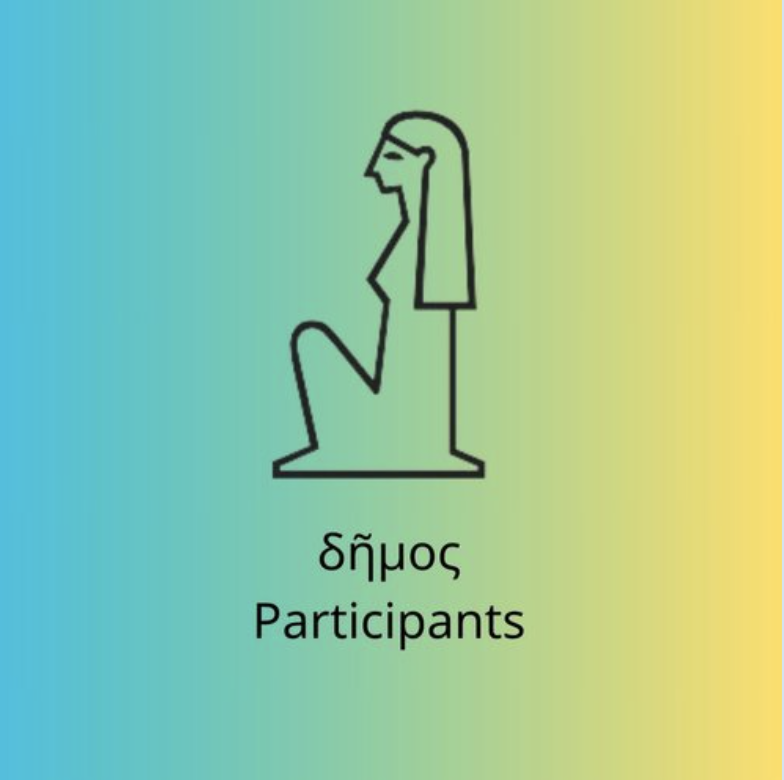The collaborators in this endeavour came from a wide range of backgrounds - academics, historic re-enactors, and professional and hobbyist textile artists, all united by a love of natural dyeing, history, and a good challenge.
There are a few people who were not able to continue with the project right through to the end, for various personal reasons. However, their profiles have been retained below in recognition of their connection to the project at some stage.
meet the dyers (alphabetical, by surname):
***
Heather Bogart - Ontario, Canada
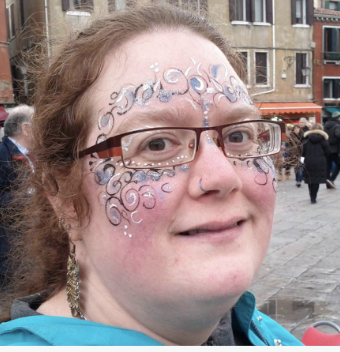
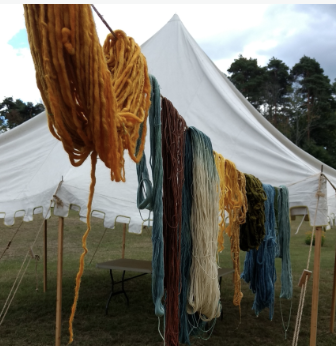
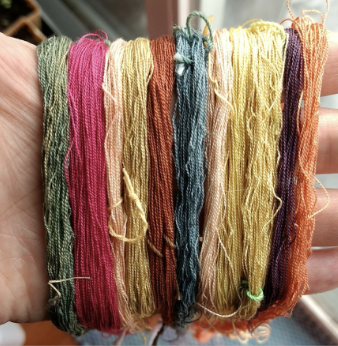
I have been a textile artist for most of my life, and a natural dyer for over 20 years. I started my dye journey doing research for a fan fic, and have come a long way from a dusty university library, through many years of food dye and settling into my love of natural dyes, even with all of their foibles. My interests fall primarily on pre-16th century dye methods, as well as applied dye chemistry and attempting to make chemistry accessible, even to those who are ‘bad at science’. I work almost exclusively in wool and silk, and use my work in embroidery and fine knitting, although there’s hardly a string hobby I’ve not tried. I enjoy spending time at pre 16th century re-enactment events and exploring the experimental archeology of taking theories about how things were done in the past and putting them to the practical test.
Lorena Boquete Vilariño - Cambridge, England
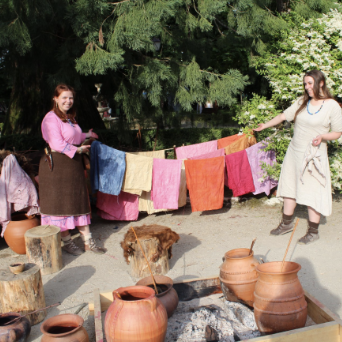
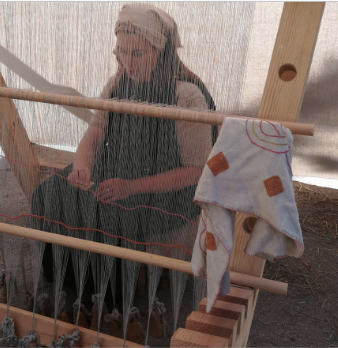
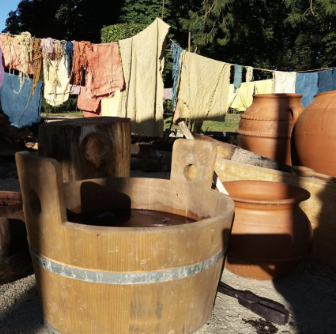
I am a biomedical researcher, and in my spare time I do living history in various groups focused on Iron Age, Migration period and Viking Age to Norman Conquest. Textile work runs in my family: my grandmothers were seamstresses, my mother used to make all clothes for me and my siblings, and her family cultivated flax and wove linen fabric. For more than ten years now my living history displays have been very textile heavy. I enjoy spinning, weaving, nalbinding, embroidery. Five years or so ago I started incorporating natural dyeing to my Iron Age displays, and it has been a very interesting and enriching experience. I love demonstrating how to achieve colours in natural fibres in a historical manner, and it is a very popular aspect with the public! My main interest in natural dyes is in the historical processes and the differences between periods and cultures – I find the use of colour in clothing as a show of power and wealth through history a fascinating subject.
Donna Buitendyk Fillion - Alberta, Canada
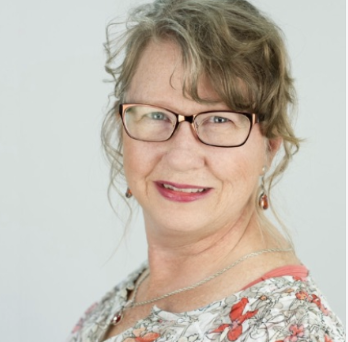

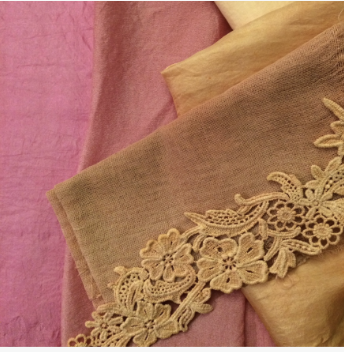
The only reason I had a doll as a child was so that I could have a form on which to put the clothing that I designed and stitched by hand. I still have it and the clothes. Fast-forward 50 some-odd years, and many art media tried, and I have landed on natural dyeing and botanical printing. I am finally “home” from my art journey. In 2010-2012, I spent three years on a photography project capturing and identifying all of the native prairie flowering plants growing on the furthest northern protected piece of western virgin prairie. Time did not move while I was so lost in those moments. Then, when I discovered plant based natural dyeing and printing it was the perfect intersection of my love of textiles and design with foraging in nature for local dye stuff. A dye garden this summer (2021) is proving to be just as interesting. Much of my learning has been self taught via many great books and diving in to try the methods. Several online courses and an in person workshop along with over four years experience have given me the tools to begin to participate in collaborative projects. Learning about the history of natural dyeing has been a very exciting experience starting with the ancient Turkey Red Dye course by Mel Sweetnam at Mamie’s Schoolhouse. The prospect of recreating ancient recipes from Egypt was a not-to-be-missed opportunity.
Sue Crook - Hampshire, England

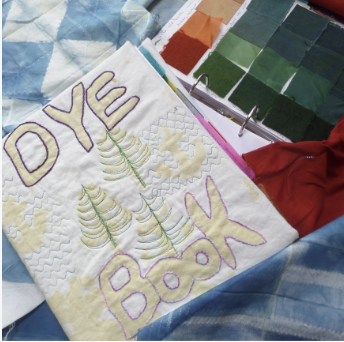

Sue, who was born in London, grew up and was educated in Surrey until the age of 18. Later, she moved to Hampshire in the south of England, where she still lives. She worked for 30+ years in the chemical industry rising to a senior management position which involved a great deal of travel to most corners of the globe. When opportunity allowed, it also enabled her to study local textiles. Redundancy (aged 52) from the chemical industry enabled Sue to finally attend Art College. After a preliminary art course, she studied for a degree in Stitched Textiles in the Windsor (UK) outpost of University of Buckingham, studying with the well-known textile artists: Jan Beaney, Jean Littlejohn and Louise Baldwin. She exhibits with fellow ex-students as HapticArt. She also exhibits in two “Open Studios” organisations in UK and sells items in a Basingstoke “pop-up” shop. Initially working with Procion dyes, she became interested in natural dyes and sustainable fabrics and, during “lockdown”, followed an online course with Mamie’s Schoolhouse. She considers herself very much a novice natural dyer. She has an interest in history so this project was a perfect combination of two interests taking her into museums, researching fabrics, pots and processes as well as possible modern alternatives. She looks forward to creating a piece of textile art based on this work but just what form it takes is a mystery, other than it will include natural dyes, stitches and natural fabrics.
Sue Day - Gloucestershire, England
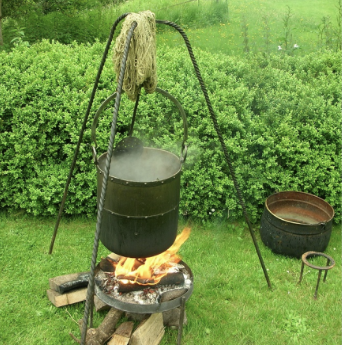
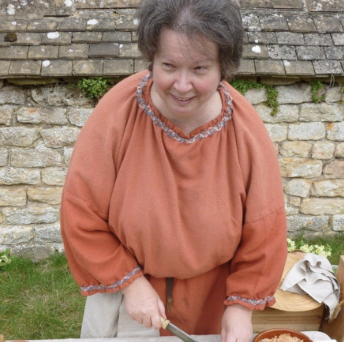
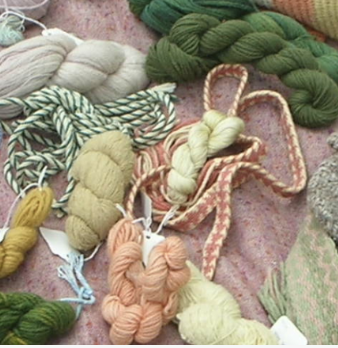
Sue was taught natural dyeing by her Mother when she was a young child which is over 50 years ago. She has been taking part in living history events (pre conquest era) demonstrating and teaching this for the last 20 years. During this time, Sue has been researching the ancient dyes which have been used while working at a Roman Villa, explaining to the visitors all about the social side of life, with Sue giving various demonstrations of textile production from fibre to cloth at the Villa. Sue has achieved a Certificate of Achievement in Natural Dyeing and also in Spinning with the Guild of Weavers Spinners and Dyers. Sue hopes to go on to do a CATS (Certificate in Advanced Textile Studies) in natural dyeing. Her two loves are natural dyeing and spinning.
Jane Deane - Devon, England
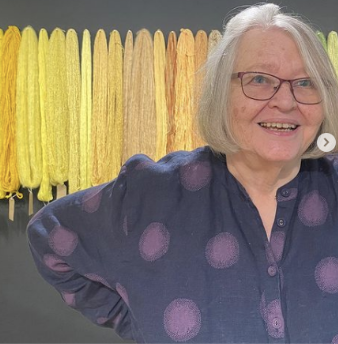
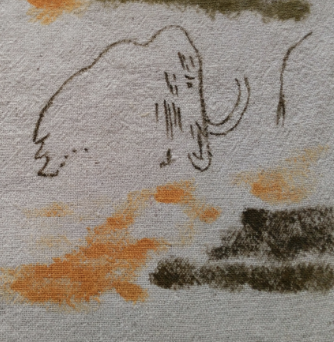
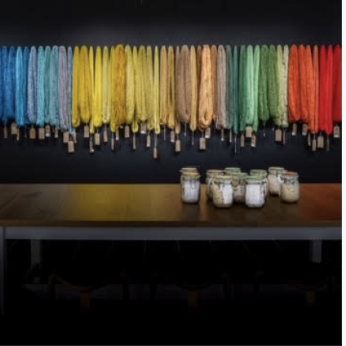
I have loved textiles all my life. A childhood obsession with spinning wheels, not satisfied till I was an adult, and love of sewing, knitting and embroidery, collecting fabric, yarn and implements has tested the patience of the people I live with since I was very small. I have been working with natural dyes for around 40 years after being shown how to make an indigo vat. I have explored and taught natural dyeing in the UK but also in Europe and the Middle East. A history and history of art graduate, I am fascinated by the skills of our forebears in all the textile arts, their ingenuity and the contribution they have made to human development. I am also passionate about our environment and strive to persuade people to think about how and where their textiles are made. And who doesn’t love colour, especially when it appears as if by magic from some unimpressive weed?!
Vera Hoenen - Wiltshire, England
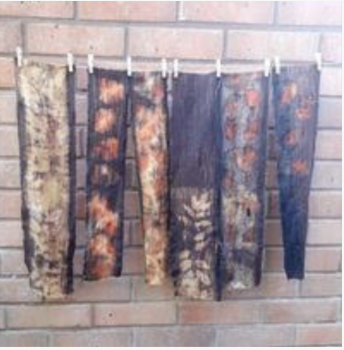
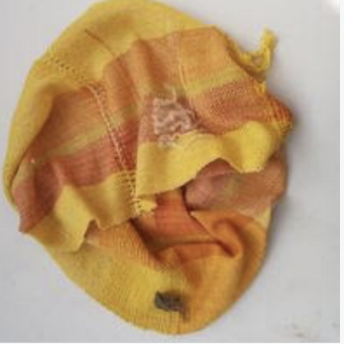

I grew up in the south of the Netherlands and was lucky to have grandparents who were doers and makers. My maternal grandmother was a professional tailor and my paternal grandmother an excellent knitter, so my love for textiles and their creation was ignited at an early age. In my 20's it went from knitting and the occasional bit of sewing to spinning, weaving and beyond. I now live in England and have a flock of sheep and process their wool using sustainable methods to make cloth and dye it with locally grown plants for use in my textile sculptures.
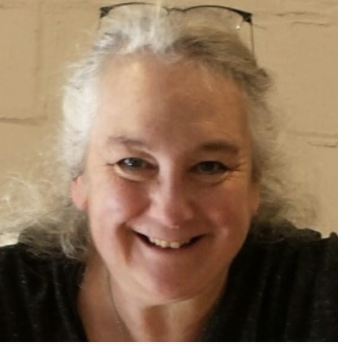

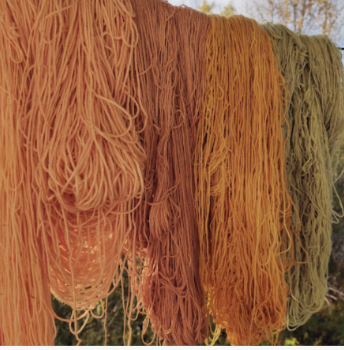
Color, fiber, and history have fascinated me since I was a child. It’s the threads that run through, connecting all of them that drew me in. Although I was trained as a biologist, conducting research and teaching college biology for over 35 years, there is always a fiber project in my bag. Since retiring, I have focused on natural dyes, upcycling of fiber, and running a small craft business. I can’t quite let go of the classroom though, teaching classes on Viking dyes, invasive species as natural dyes, and other fiber arts at local folk schools.
Jo Jenner - Southern Oregon & Hawaii, USA
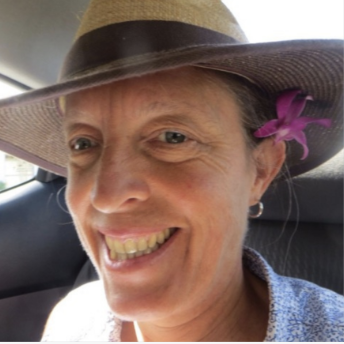
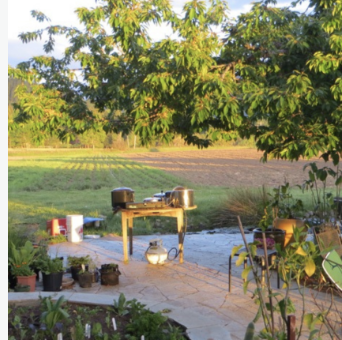
I was raised in the woods by the ocean. I am the daughter of an artistic & creative mother who taught me to forage wild plants for food, medicine & crafts. My grandmothers taught me to knit and crochet at an early age. Using plants for dyeing fiber was a natural extension to my fiber arts endeavors. After my daughter flew from the nest I found more times to expand my studies of using plants for dyeing fiber. Now that I am retired Herbalist and Naturopathic Physician I find more time to experiment with my passion for plant pigments. My science background and naturalist upbringing has taught me to be a keen observer, to pay attention to detail and record my findings. I currently live in two distinctly unique paradises: the Hamakua coast on the Big Island of Hawaii and in Southern Oregon on an organic farm.
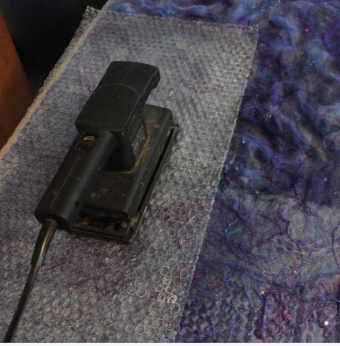
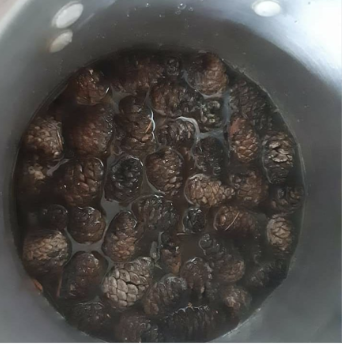
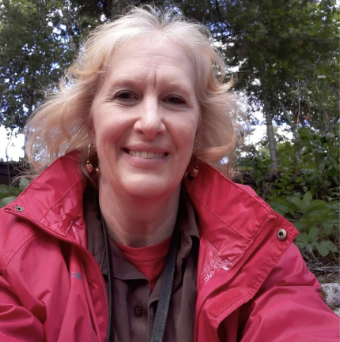
I am a fiber artist who loves to create wearable works of art. Inspired by the woods of northern Minnesota, I use natural fabrics, rovings, and fibers combined in a nunofelting process to make one-of-a-kind items. Recently, my work has evolved from using pre-dyed fibers to using fibers dyed with natural dye. Dye plants are grown in my garden or gathered from the natural environment in an environmentally conscious way. These dye plants are then converted into natural dyes for use with cotton, linen, silk, and wool fibers. Professionally, I am a nurse and college professor/researcher; for fun I am a fiber artist, photographer, and Master Gardener. I have been fascinated with Egyptian history since 4th grade. This project has allowed me to use my research skills (and chemistry knowledge) to expand my natural dye work and collaborate with likeminded artists who share a love of ancient Egypt, natural dyeing, and fiber.
Ella McCafferty Wright - Missouri, USA & Luxor, Egypt
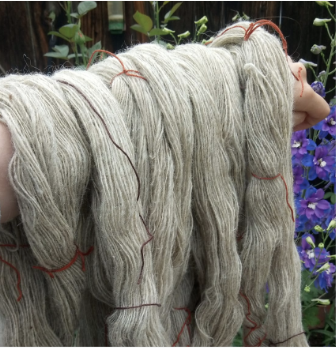
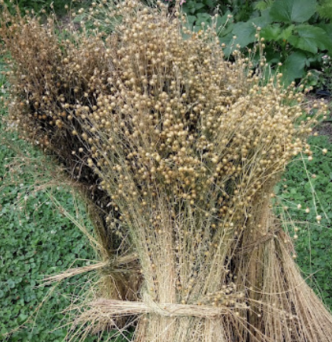
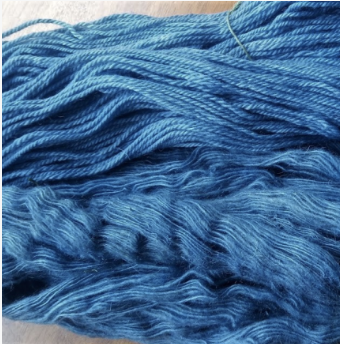
I have a degree in Classical and Near Eastern Archaeology from Bryn Mawr college and an MPhil in Egyptology from the University of Cambridge. My interest in re-creating ancient textiles began as a way to pass the time with some experimental archaeology at the start of the Covid-19 pandemic. Since then, I have gone down the rabbit hole of researching textile production methods and dyes from the Ancient Mediterranean world. My interest in experimental archaeology, combined with my love of gardening, has led to a plethora of textile adventures over the course of the past two years. There is still so much that I have to learn about the art and science of textiles. My experiments have given me a whole new appreciation for the skills of spinners, weavers, and botanical dyers— both ancient and modern. I couldn’t be more grateful for the invitation to join this fantastic project to help explore the dyers’ recipes of the Stockholm and Leyden Papyri.
Judit Pásztókai-Szeőke - Hungary
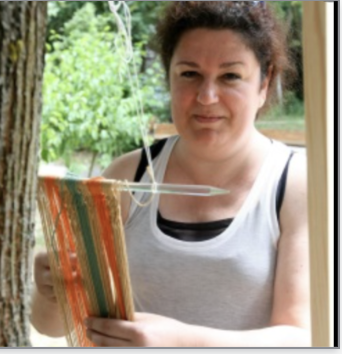
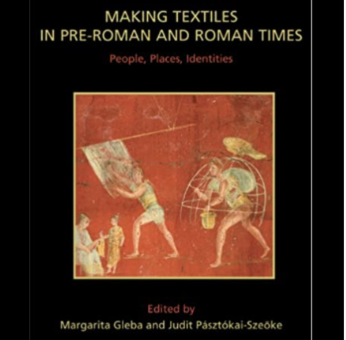
Judit Pásztókai-Szeőke is a Hungarian archaeologist, specialized in textiles and their local production in the ancient Roman province of Pannonia. Recently she has been working on the publication of the abundant corpus of textile tools which were found together with inscribed commercial lead tags from two Roman cloth-refurbishing workshops (ancient Savaria and Siscia). These workshops offered services which included the cleaning of filthy clothes and garments by washing or fumigating, but darning and mending of worn-out items and their re-dyeing and fulling could be ordered here, too. She is also an amateur natural dyer and the proud owner of a small dye-garden.
Tonya Pettit - New York, USA
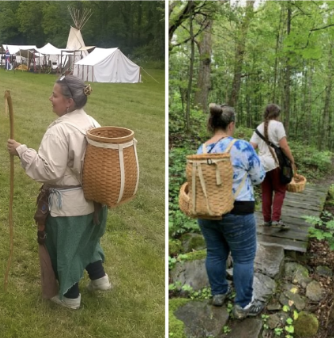
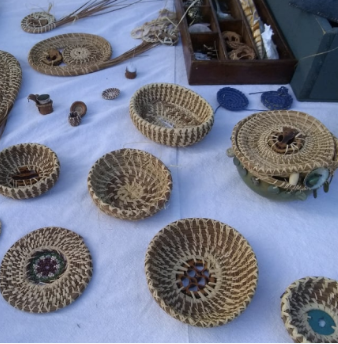
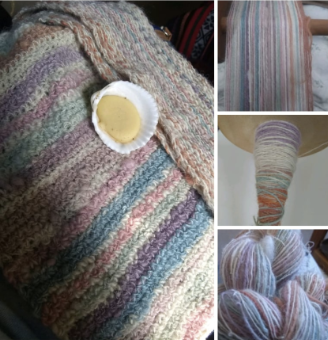
Tonya is happiest when totally immersing herself in a new skill or taking a previous skill further. From basket making to fiber arts, Tonya has learned each skill in order to teach her homeschooling family in an immersive way, with hands on experience that extends into the living history community that she demonstrates in. While turning those things into an artistic expression Tonya begins with research and attempts to create an accurate portrayal, then asks the question "what happens if?" in order to stretch the possibilities. Currently she is developing her skills in natural dyes and chemistry with mushrooms and lichens, dabbling in biology with a herb garden, and exploring ways to dye porcupine quills with locally foraged dye materials. Summer can find her at rendezvous demonstrating pine needle basket making and the skills of a country wife of the Fur Trade Era. Tonya is participating with her student in recreating their chosen recipe as a homeschool lab in historical arts.
Sally Pointer - Herefordshire, England & South Wales

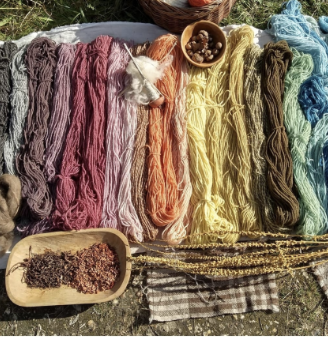
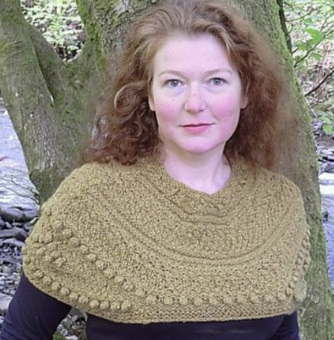
Sally is an archaeologist and heritage educator working with techniques that would once have been familiar to our earlier counterparts. She has spent many years working with museums and heritage sites and is now freelance. Textiles and plant uses are core aspects of her interests, and tracing dyes across history offers an opportunity to explore similarities and change through time. She is also a knitwear designer specialising in designs inspired by extant historical garments or archaeological finds. Sally is currently doing an MSc in Experimental Archaeology at Exeter University to keep her skills up to date, and can be found teaching and demonstrating traditional skills from prehistory to the mid twentieth century at sites throughout the UK as well as via YouTube videos.
Kerry Sowells - Northamptonshire, England
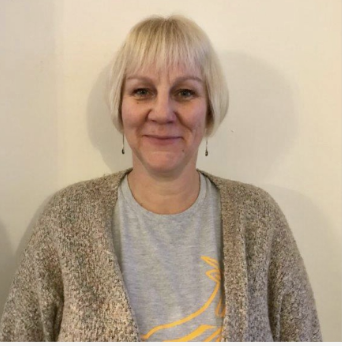
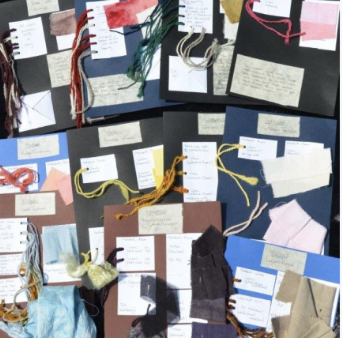
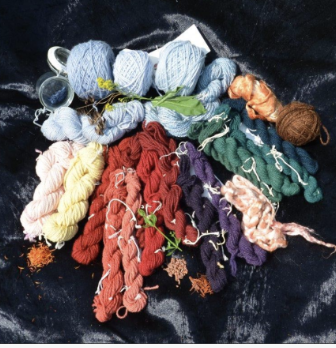
I have been spinning on and off since a teacher at school gave me a drop spindle and some fleece some 30 + years ago. I have been involved in textile art ever since and last year I took up weaving. I left school, trained and worked as a chef for many years then took time out to bring up a family. Having recently given up work I have been lucky enough to experiment with natural dyeing by planting some dye plants in my garden and spending more time processing raw fleeces. We are a little plagued by UK weather and pests but as an enthusiastic amateur with a love of history and a thirst for knowledge I hope to be able to contribute to the project.
Katarzyna Stasinska - Hampshire, England
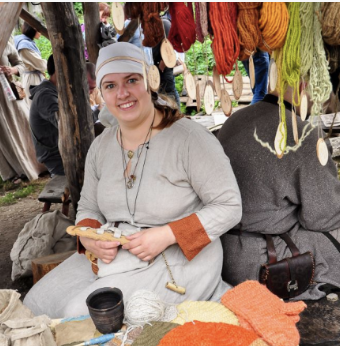


I have graduated in 2015 from the University of Wroclaw with a BA in Archaeology and in 2019 I have completed MA in Artefact Studies on the University College London. My studies are deeply connected to my passion for natural dyeing and other fibre crafts and have allowed me to develop it further. In my MA dissertation, I have focused on changes in woad dyeing techniques through the centuries, performing myself numerous experiments. Practising as a natural dyer for more than 10 years, in 2017 I have founded my own business, Medieval Colours, to allow me to explore the natural-dying methods and broaden the scope of my passion. Since then I am teaching, demonstrating and preparing talks about natural dyeing. My ambition on the field of experimental archaeology is the most possibly accurate re-enacting of early Medieval dyeing process, through investigating of written and archaeological sources as well as folklore studies. I enjoy also other traditional textile crafts, especially spinning, naalbinding and weaving.
Mel Sweetnam - Nova Scotia, Canada
Mamie's Schoolhouse; Instagram; Facebook; Natural Dye Education Group; YouTube
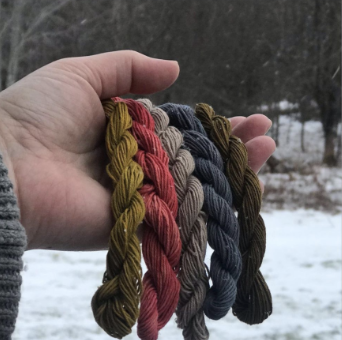
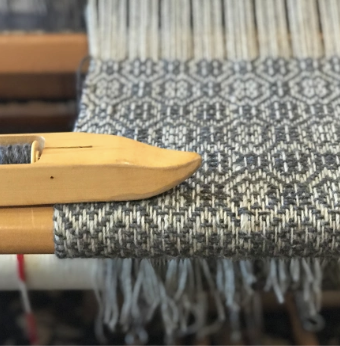

I am the instigator and coordinator of this recreation project. I’ve been a fibre artist since childhood, a natural dyer for close to 40 years, and a teacher for a decade. My education is in biology and public policy, and I spent a previous 25 year career managing public science policy for governments and non-governmental organizations around the world. My practice and teaching are grounded in the rich history of this ancient craft, applied chemistry, and a focus on ecological sustainability of materials and methods. I am passionate about engaging others in natural dye citizen science collaborations, to reinforce the vital importance of an enquiring mind and verifiable evidence for mastering our craft and for understanding our world. I am engaged in ongoing original investigation of plant-derived mordants, a particular interest of mine.
Jude Tupman - Northampton, Australia
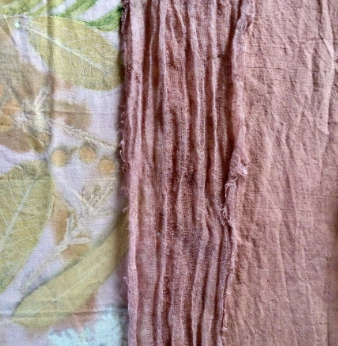
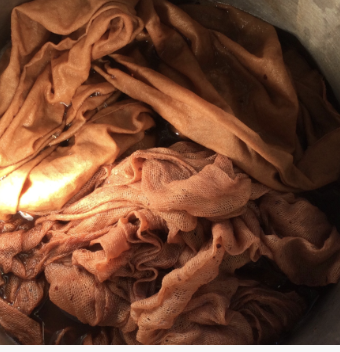
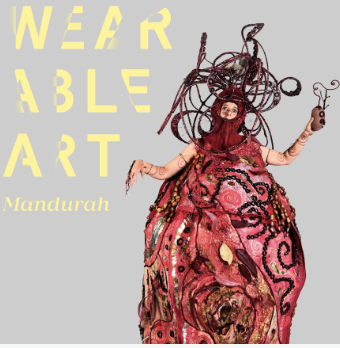
An insatiable artistic passion is in the fibre of my being, catalysed by my mother, father and grandmother, life experiences and a love of learning. Childhood dawn walks through the African bush gave me a love of nature. My creativity also enriched by the African sculpture community, the tribal dances performed in traditional costumes and masks celebrating ceremonial events on our farm, Tengenenge. Reflecting the spirit of the rock there was story behind each unique sculpture. My working career has been filled with opportunities as diverse as my creative journey. I have worked in and out of education and community driven projects, unusual, challenging and fulfilling, moving with family from Zimbabwe to Malawi and then Australia. Focusing on neurology and the benefits of play, I attained Masters in Education affirming that creative innovation, critical thinking and some risk taking, balanced with play are valuable life skills. This is reflected in my approach to creativity, influencing my work and culminating, in Marie Gallin and my win as Artists Of The Year, Mandurah Wearable Arts in 2017. Our collaborative piece, Boab, was rich with natural elements, recycled materials and a celebration of our textile journey. Botanical printing, dyeing and a return to nature’s palette on my doorstep, a gift commanding respect, followed. Influenced by an environmental ethic, intrigued by the history, on a quest to become an authentic natural printer and dyer, researching and developing credible resources, lead me to Mel Sweetnam, her invaluable natural dyeing masterclasses and this inspiring project.
Isabella Whitworth - Devon, England
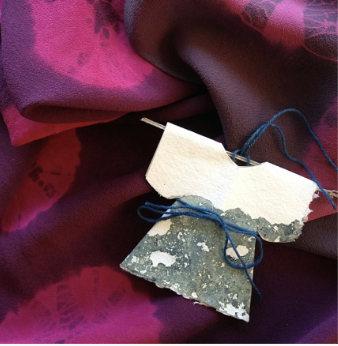
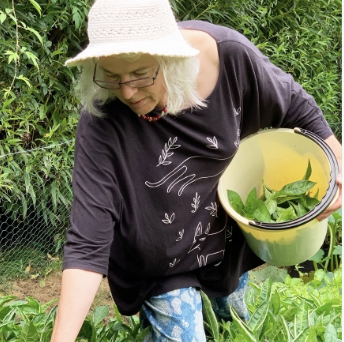
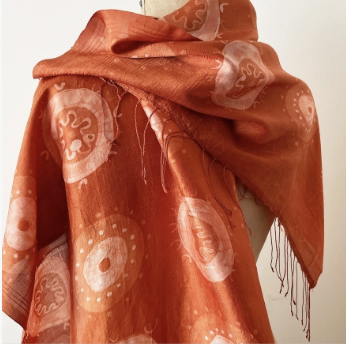
Isabella trained as a graphic designer and worked in publishing for several years before turning to dyeing textiles. A practical knowledge of synthetic and natural dyes has been key to her historical research into the subject of orchil as an independent scholar. She has presented papers at the Dyes in History and Archaeology conferences, to the Textile Society, the Worshipful Company of Dyers, and Guilds of Weavers Spinners and Dyers. She served several years as dye features editor for the Journal of Weavers Spinners and Dyers, is a regular tutor at West Dean College and an elected member of the Devon Guild of Craftsmen. Isabella grows a small crop of indigo each year and continues to produce studio work in synthetic and natural dyes.

